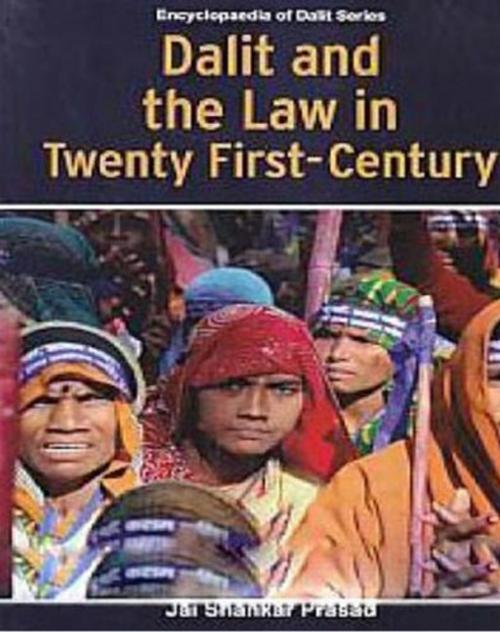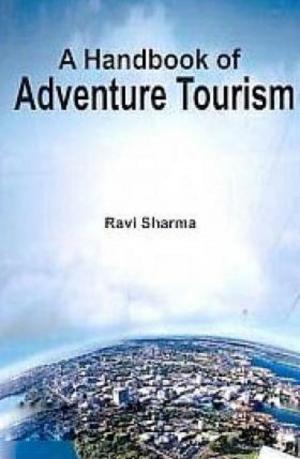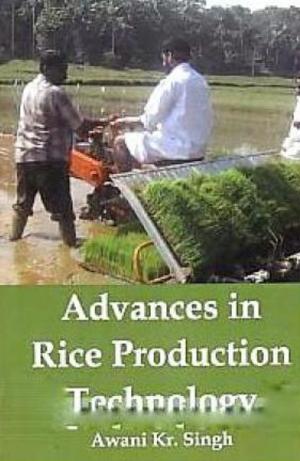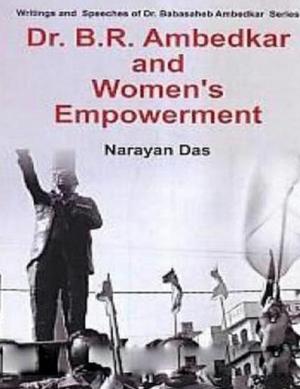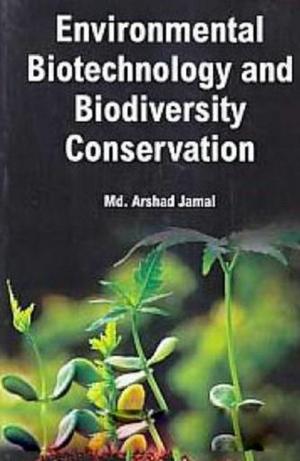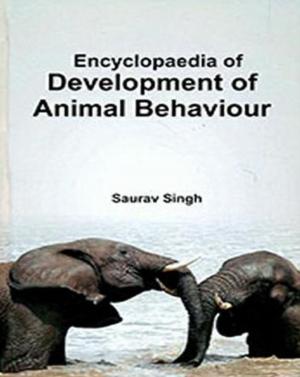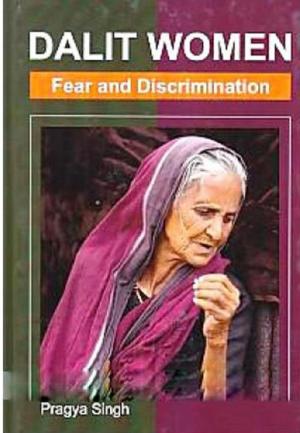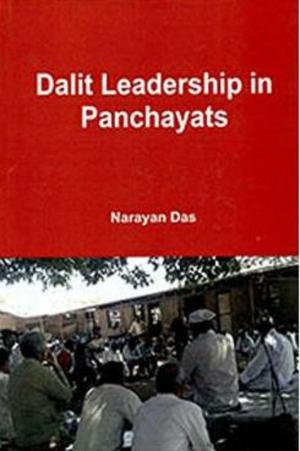| Author: | Jai Shankar Prasad | ISBN: | 9789388034623 |
| Publisher: | Centrum Press | Publication: | June 30, 2017 |
| Imprint: | Centrum Press | Language: | English |
| Author: | Jai Shankar Prasad |
| ISBN: | 9789388034623 |
| Publisher: | Centrum Press |
| Publication: | June 30, 2017 |
| Imprint: | Centrum Press |
| Language: | English |
Over one-sixth of India’s population, some 170 million people, live a precarious existence, shunned by much of Indian society because of their rank as -untouchables- or Dalits literally meaning -broken- people-at the bottom of India’s caste system. Dalits are discriminated against, denied access to land and basic resources, forced to work in degrading conditions, and routinely abused at the hands of police and dominant-caste groups that enjoy the state’s protection. Beginning in the 1920s, various social, religious and political movements rose up in India against the caste system and in support of the human rights of the Dalit community. In 1950, the Constitution of India was adopted, and largely due to the influence of Dr. B.R. Ambedkar, it departed from the norms and traditions of the caste system in favour of Justice, Equality, Liberty, and Fraternity, guaranteeing all citizens basic human rights regardless of caste, creed, gender, or ethnicity. The implementation and enforcement of these principles has, unfortunately, been an abysmal failure. This book will helpful and fulfill all the requistes and provide information needed to the readers. It would be the choice for Dalit activists, students, professionals seeking to arouse public indignation against this most outrageous of indignities against humankind: the notion that the very touch of some might be polluting to others.
Over one-sixth of India’s population, some 170 million people, live a precarious existence, shunned by much of Indian society because of their rank as -untouchables- or Dalits literally meaning -broken- people-at the bottom of India’s caste system. Dalits are discriminated against, denied access to land and basic resources, forced to work in degrading conditions, and routinely abused at the hands of police and dominant-caste groups that enjoy the state’s protection. Beginning in the 1920s, various social, religious and political movements rose up in India against the caste system and in support of the human rights of the Dalit community. In 1950, the Constitution of India was adopted, and largely due to the influence of Dr. B.R. Ambedkar, it departed from the norms and traditions of the caste system in favour of Justice, Equality, Liberty, and Fraternity, guaranteeing all citizens basic human rights regardless of caste, creed, gender, or ethnicity. The implementation and enforcement of these principles has, unfortunately, been an abysmal failure. This book will helpful and fulfill all the requistes and provide information needed to the readers. It would be the choice for Dalit activists, students, professionals seeking to arouse public indignation against this most outrageous of indignities against humankind: the notion that the very touch of some might be polluting to others.
